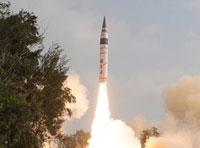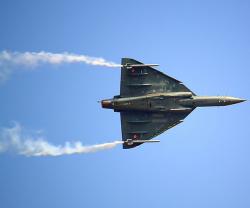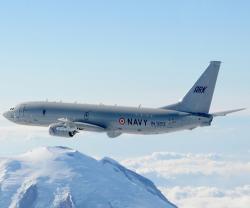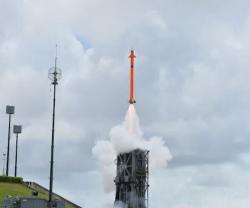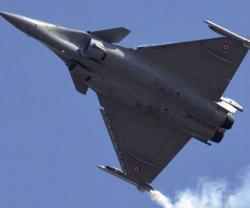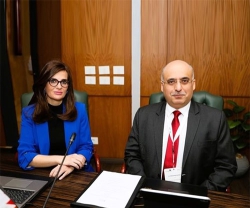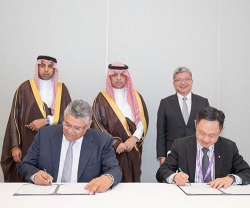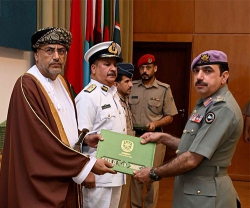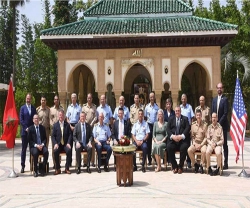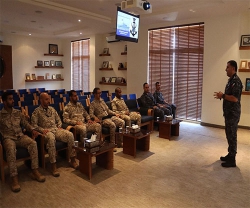Sharpening its missile teeth, India successfully test-fired Thursday its medium-range nuclear capable Agni-II missile with a strike range of 2,000 km as part of a user trial by the Army from the Wheeler Island off Odisha coast.
“The trial of the surface-to-surface missile was conducted from a mobile launcher from the Launch Complex-4 of Integrated Test Range (ITR)” PTI quoted defence sources as saying.
Describing the launch as a complete success, ITR Director MVKV Prasad said, “All mission parameters were met during the trial of the indigenously developed missile.”
Agni-II Intermediate Range Ballistic Missile (IRBM) has already been inducted into the services and today's test was carried out by the Strategic Forces Command (SFC) of the Army with logistic support provided by the Defence Research and Development Organisation (DRDO).
“The 2,000-kilometer range versatile missile, already inducted and part of countries arsenal for strategic deterrence, was launched as a training exercise by the armed forces,” a DRDO scientist said.
He said the two-stage missile equipped with advanced high accuracy navigation system, guided by state-of-the-art command and control system was propelled by solid rocket propellant system.
The entire trajectory of the trial was tracked by a battery of sophisticated radars, telemetry observation stations, electro-optic instruments and naval ships located near the impact point in the down range area of the sea.
The 20-meter long Agni-II is a two-stage, solid-propelled ballistic missile. It has a launch weight of 17 tonnes and can carry a payload of 1,000 kilogram over a distance of 2,000 kilometer.
The state-of-the-art Agni-II missile was developed by Advanced Systems Laboratory along with other DRDO laboratories and integrated by the Bharat Dynamics Limited (BDL), Hyderabad, the sources said.
Agni-II is part of the Agni series of missiles which includes Agni-I with a 700-kilometer range, Agni-III with a 3,000-kilometer range, Agni-IV and Agni-V.
The first prototype of Agni-II missile was carried out on April 11, 1999.
Though trial conducted on May 19, 2009 and the first night trial on November 23, 2009 from Wheelers Island could not meet all the parameters, all other trials including the last one carried out on September 30, 2011 from the same base were successful.
Source: PTI

